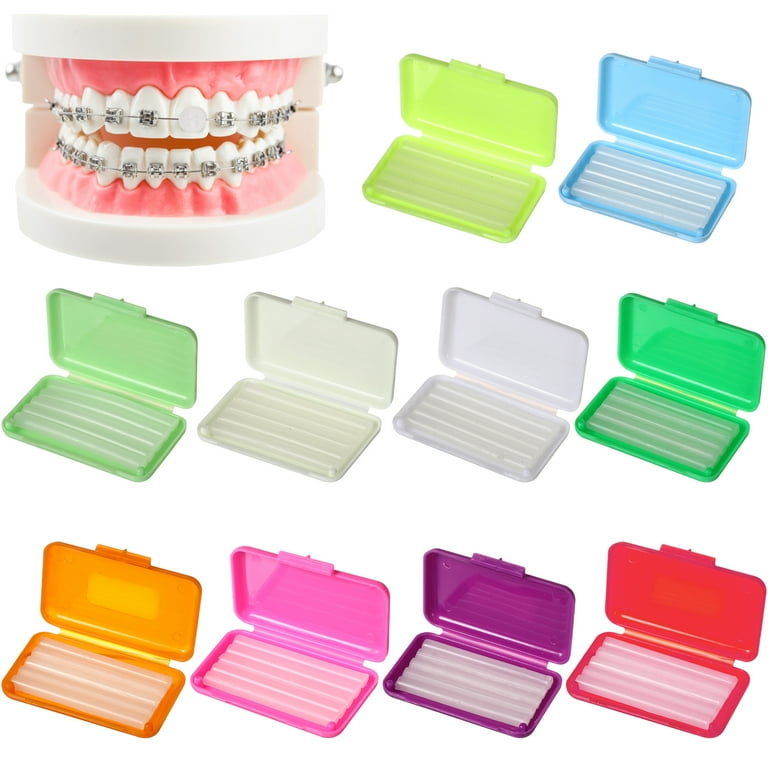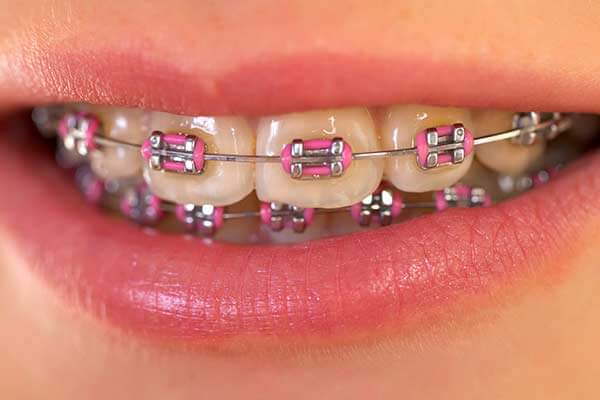Comprehensive Overview to Orthodontics Procedures for Correcting Oral Imbalances
Recognizing the complexities of each procedure, including their devices, advantages, and potential disadvantages, is vital in making informed decisions regarding one's orthodontic therapy. As we browse through the extensive guide to orthodontic treatments for dealing with oral misalignments, the complex information of each approach will unfold, shedding light on the course towards a harmonious and functional dental positioning.
Orthodontic Procedures Introduction

Regular modifications and monitoring are critical parts of orthodontic therapy to guarantee progression is on track and to make any type of necessary adjustments along the means. By undergoing orthodontic treatments, clients can not just achieve a straighter smile yet also enhance their total oral health and wellness and feature.
Conventional Dental Braces: How They Work
When considering orthodontic treatments for dental imbalances, standard dental braces attract attention as a reliable approach for dealing with teeth placing. Standard dental braces contain brackets, cables, and bands that interact to apply continual stress on the teeth, progressively relocating them into the preferred alignment. The brackets are affixed to the teeth making use of an unique adhesive, and the cables are threaded with the brackets. By adjusting the stress of the cables, orthodontists can manage the direction and force used to each tooth, assisting them into proper placement with time.
As stress is applied to the teeth with the braces, the bone bordering the teeth is reshaped to support the brand-new tooth positions. Individuals will need normal adjustments at the orthodontist's workplace to make certain the braces proceed to use the correct pressure for reliable teeth movement.
Unnoticeable Aligners: Cons and pros
Undetectable aligners offer a hassle-free and discreet alternative to conventional braces for remedying oral misalignments. These clear, customized trays are essentially unseen when worn, making them an attractive choice for individuals looking for a more visually pleasing orthodontic treatment. Among the key benefits of unseen aligners is their removability, permitting much easier upkeep of dental health contrasted to traditional braces. Patients can eliminate the aligners before consuming or brushing their teeth, decreasing the risk of food getting stuck in the appliance and simplifying the cleaning process.

Surgical Orthodontic Options
Surgical treatments in orthodontics present feasible alternatives for dealing with intricate dental misalignments that might not be effectively resolved via traditional orthodontic therapies. While traditional braces and unseen aligners can deal with many orthodontic problems, certain cases need medical treatment to attain optimal results. Surgical orthodontic choices are commonly advised for severe malocclusions, considerable jaw disparities, and instances where the underlying bone framework requires modification to achieve proper positioning.
One typical medical orthodontic procedure is orthognathic surgical treatment, which includes repositioning the jaws to remedy practical problems such as problem eating or talking. This surgical treatment is commonly executed in cooperation with an orthodontist that aids line up the teeth prior to and after the procedure. Surgical orthodontics may likewise include procedures to expose impacted teeth, get rid of excess periodontal cells, or reshape the jawbone to produce a more harmonious face account.
Prior to taking into consideration surgical orthodontic choices, clients undergo a comprehensive evaluation to establish the need and prospective benefits of such interventions. cumming invisalign. While surgical procedure may seem daunting, it can dramatically boost both the function and visual appeals of the smile in cases where conventional orthodontic treatments fall short
Retainers and Post-Treatment Care

Post-treatment treatment includes adhering to the orthodontist's directions diligently. This might include correct oral health practices, participating in follow-up visits, and putting on the retainers as recommended. Failing to comply with post-treatment care guidelines can result in regression, where the teeth gradually return in the direction of their original placements. Consistent retainer wear, great dental hygiene, and normal dental exams are important for keeping the results accomplished via orthodontic surgery and making sure the lasting stability of the remedied dental positioning.
Conclusion
In final thought, orthodontic procedures provide different choices for fixing dental imbalances. Surgical orthodontic alternatives are offered cumming orthodontics for much more severe imbalances. On the whole, orthodontic treatments can efficiently improve dental health and visual appearance.
As we navigate via the detailed guide to orthodontic treatments for dealing with dental misalignments, the detailed information of each method will certainly unravel, losing light on the path toward a functional and unified dental alignment. - cumming invisalign
One of the most typical orthodontic treatments is the usage of braces, which are composed of metal braces and wires that use gentle stress to slowly shift teeth right into the preferred placement.When thinking about orthodontic treatments for oral misalignments, standard braces stand out as a tried and true method for remedying teeth positioning. Additionally, invisible aligners might not be suitable for complicated orthodontic issues that need even more significant teeth activity, as they are usually suggested for mild to moderate instances. Retainers are customized orthodontic gadgets designed to hold teeth in their remedied placements after the completion of orthodontic therapy.